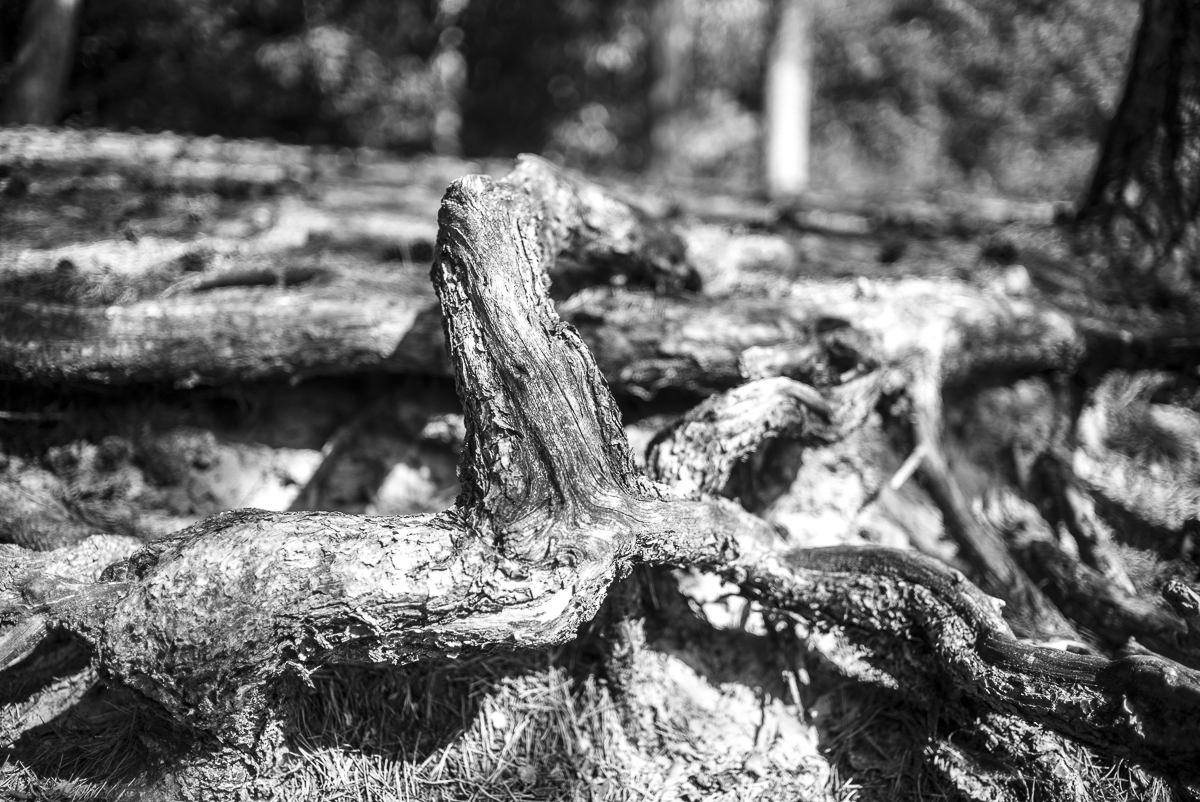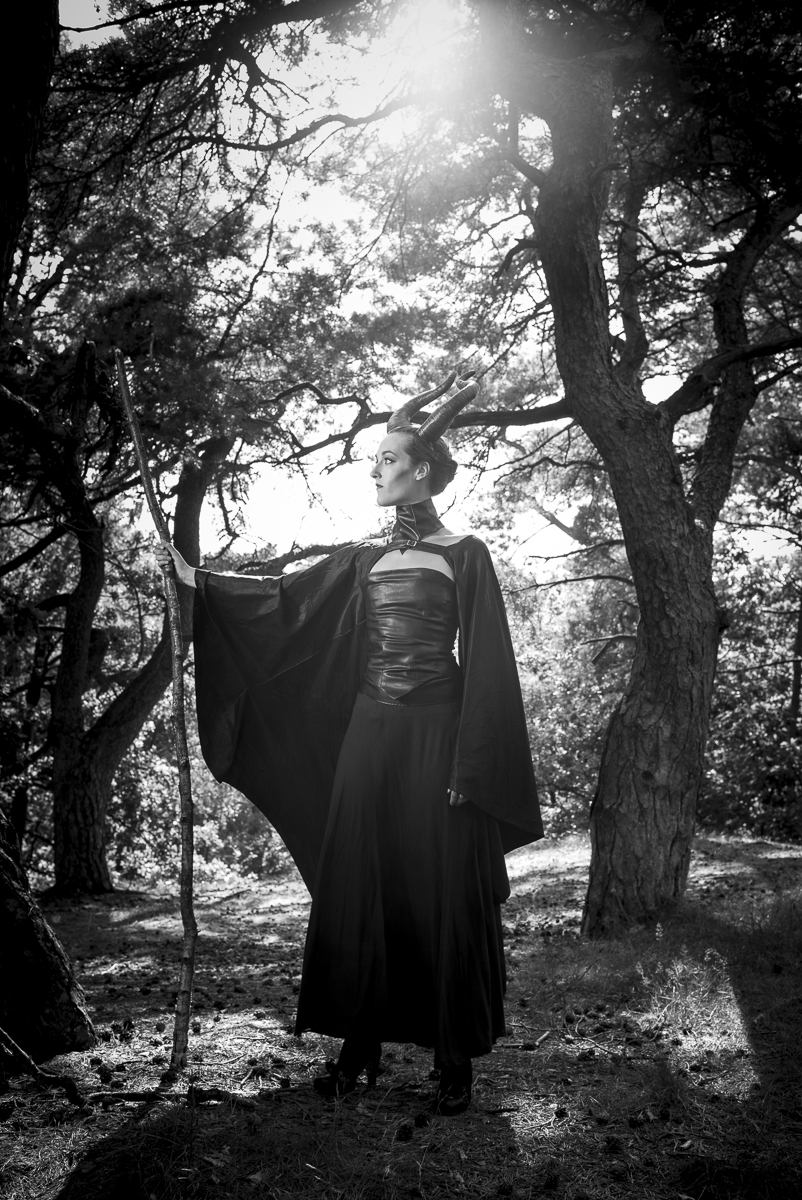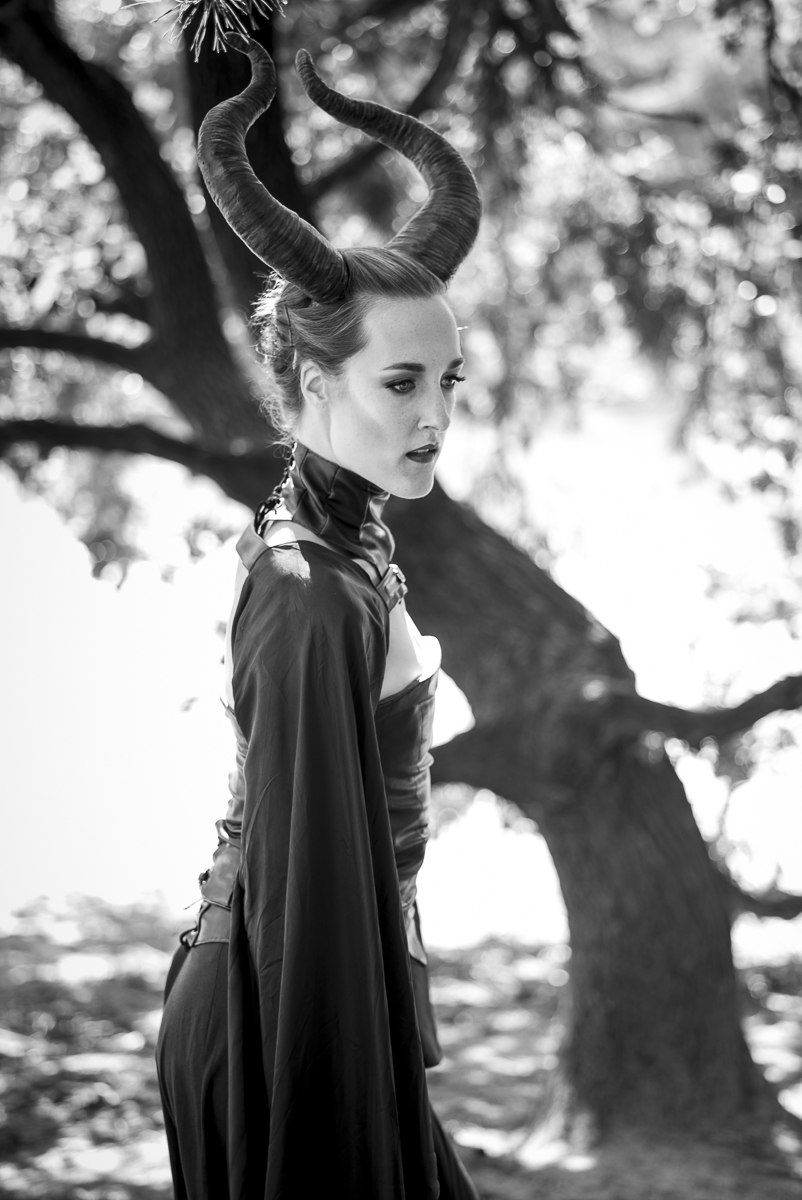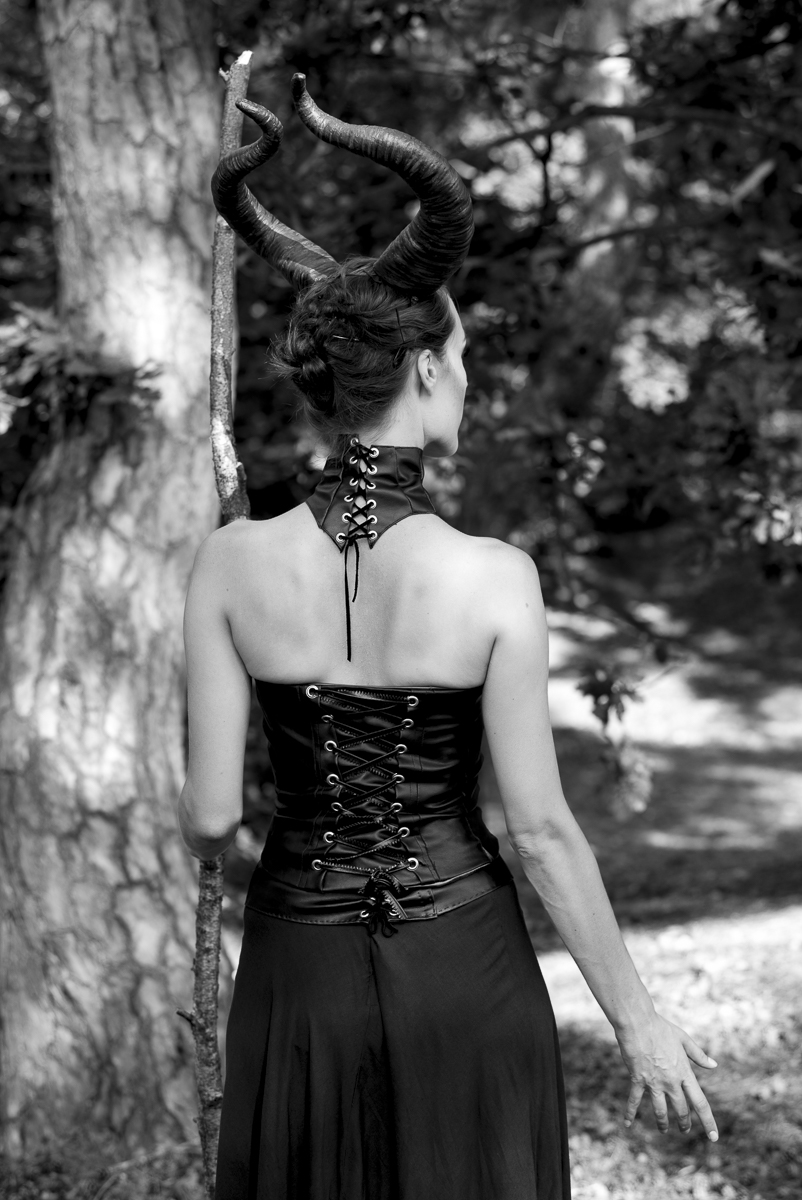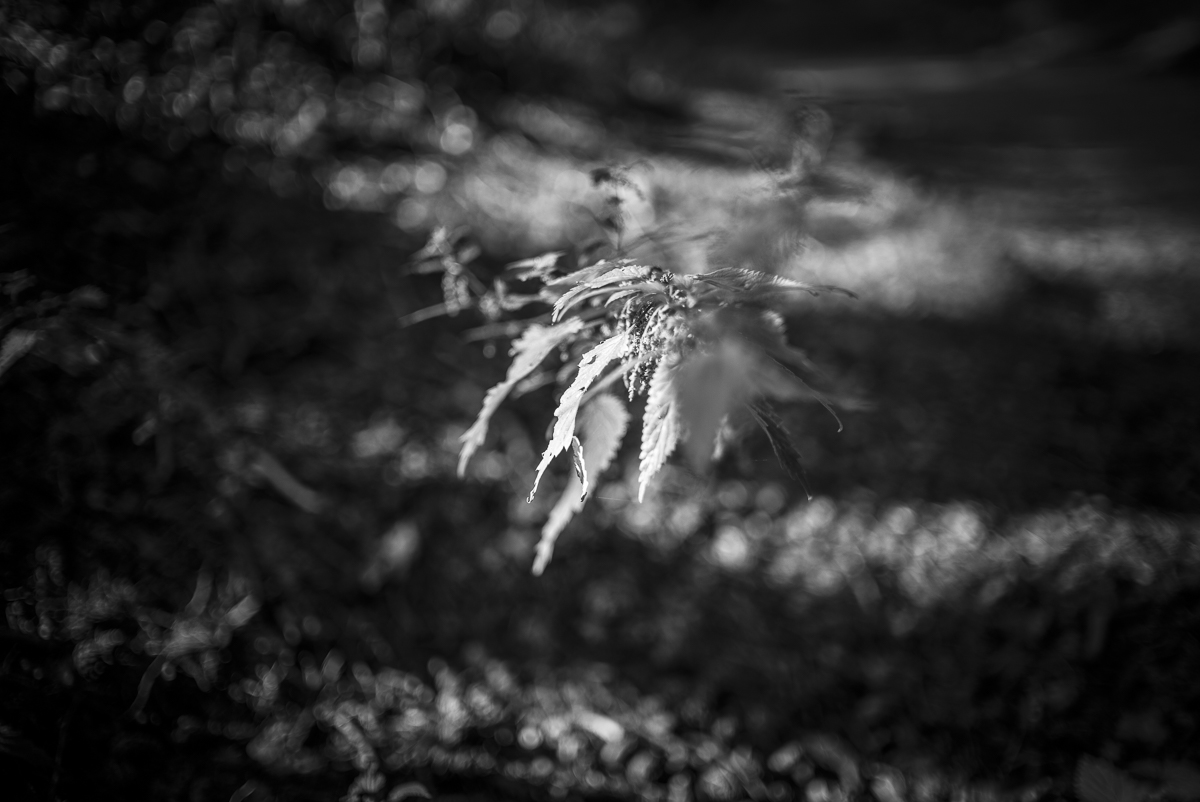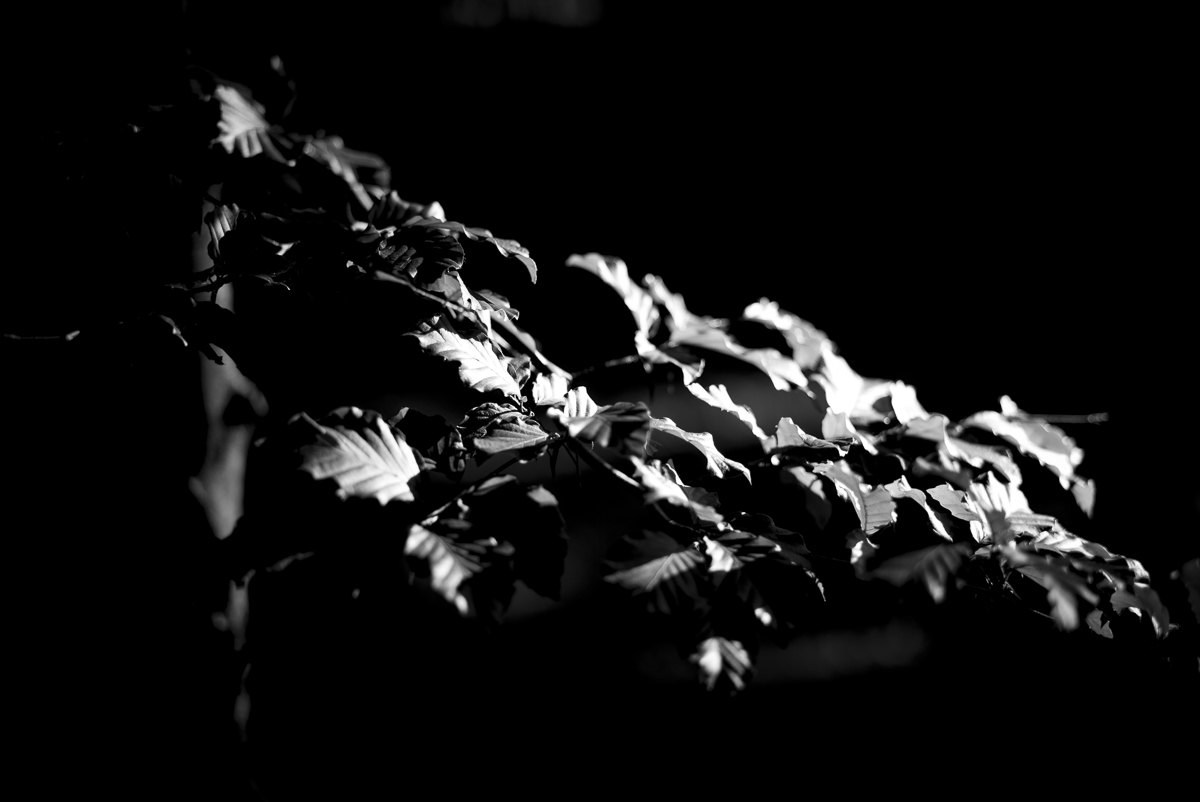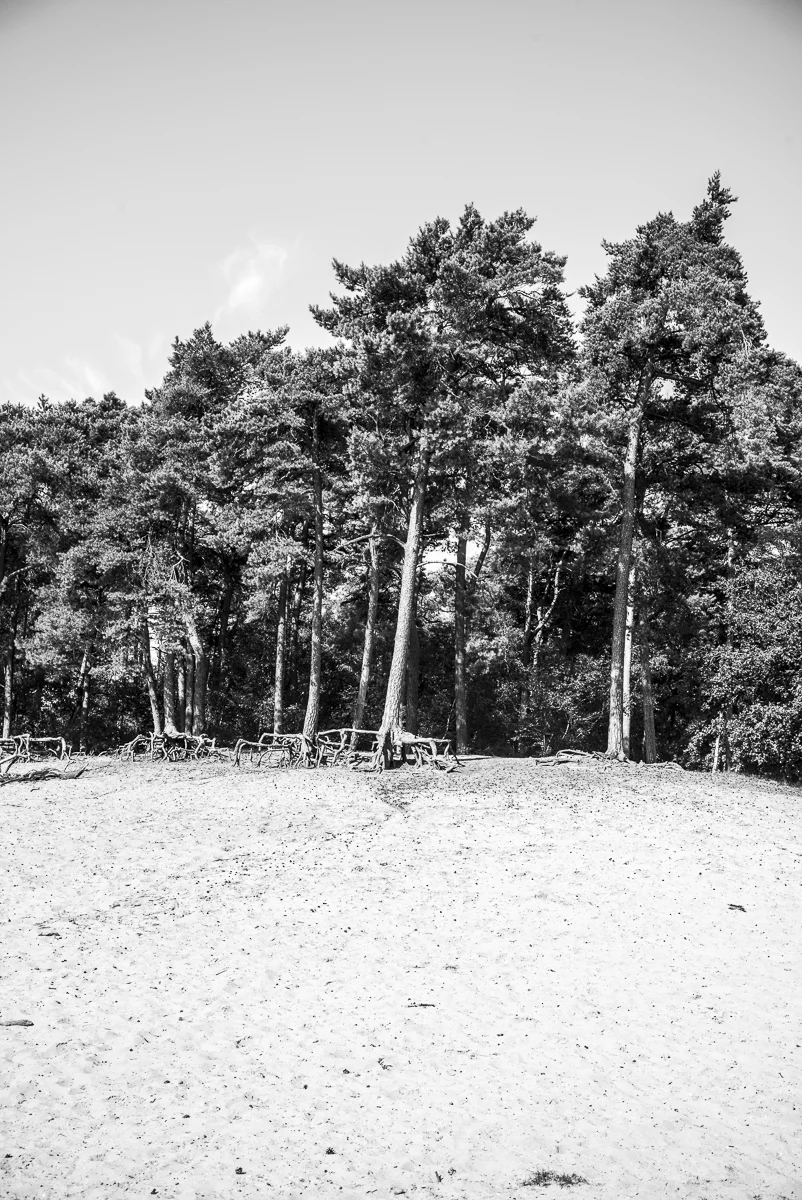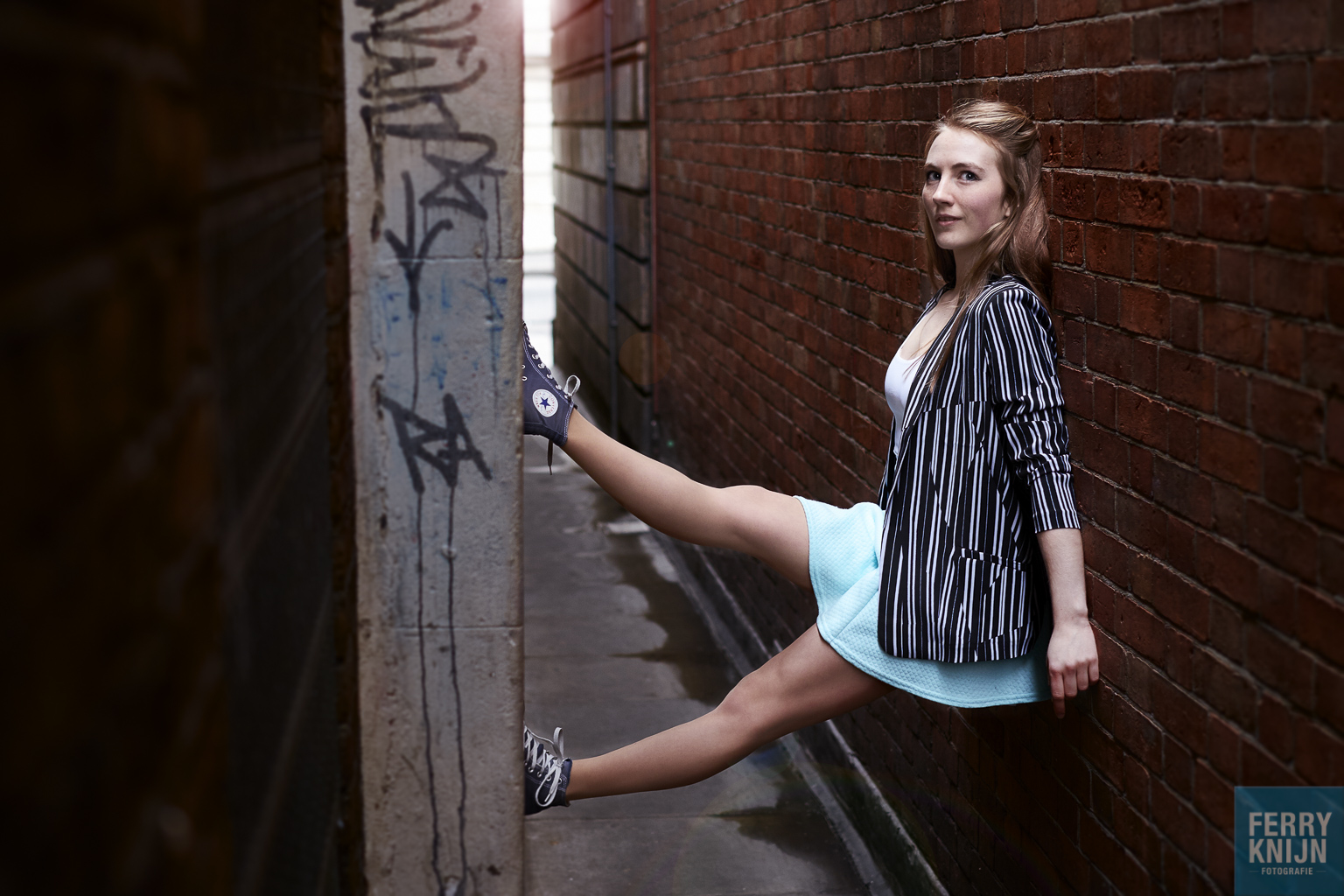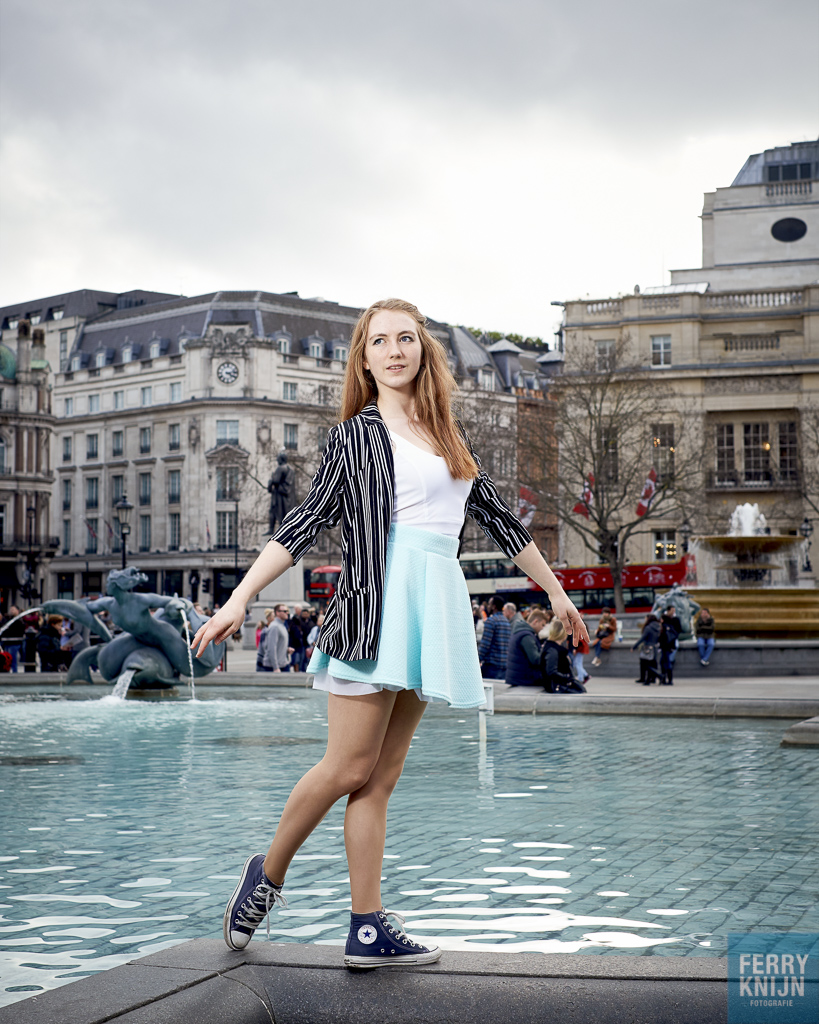Jazz in de Preal
What's a better way then spending a rainy sunday afternoon then visiting a jazz concert? I went to de Preal in Amsterdam where Benjamin Herman, Rene van Beeck and Timothy Banchet played. Here are some of the shots taken during the performance.
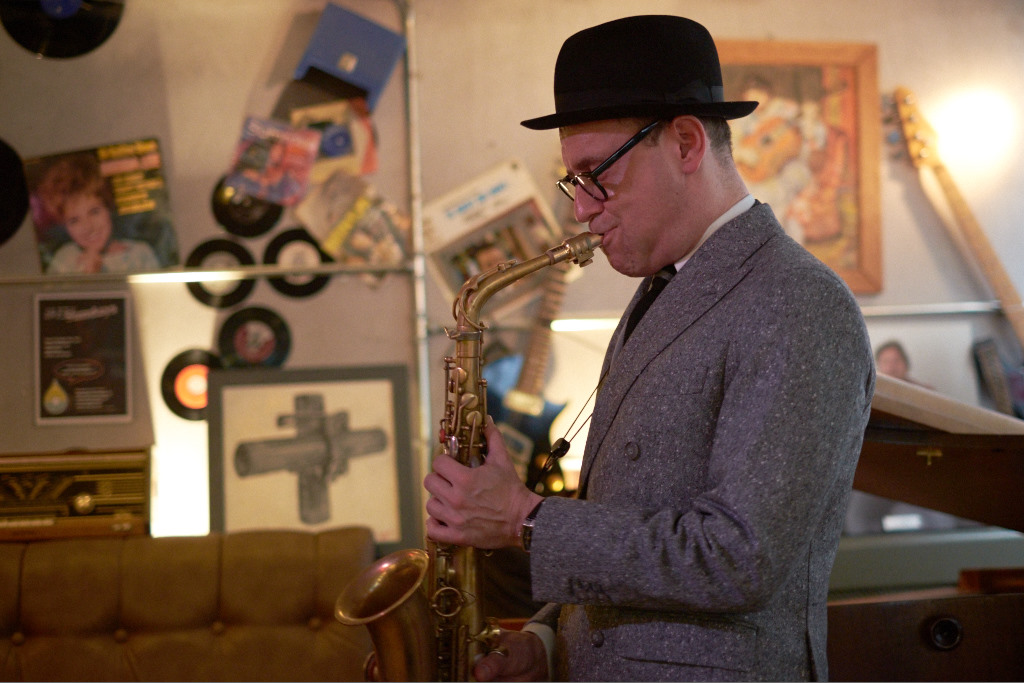
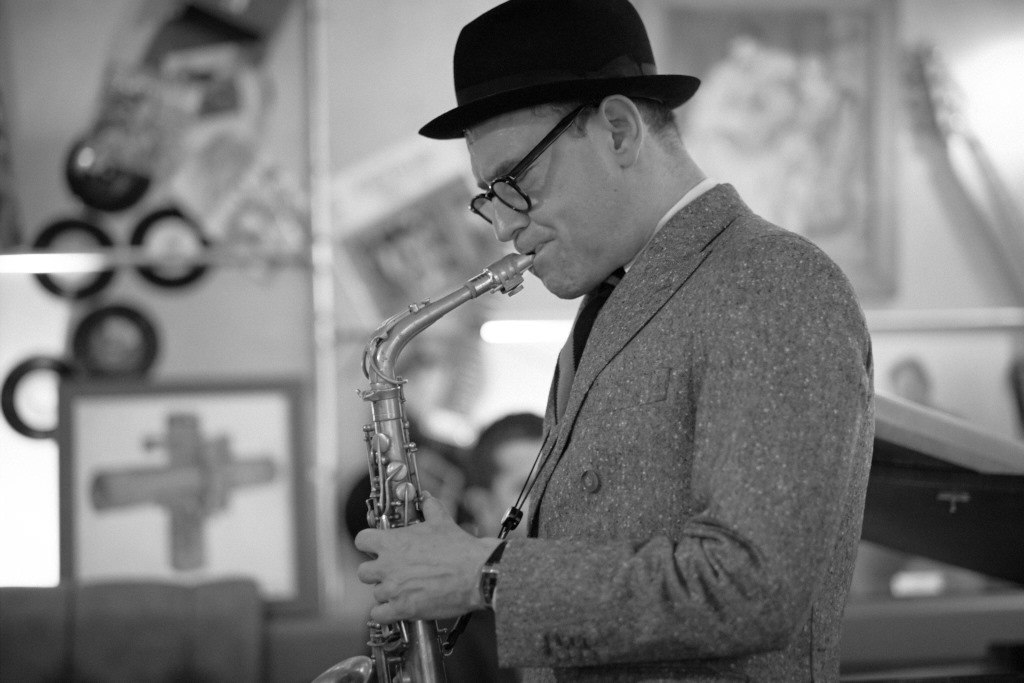
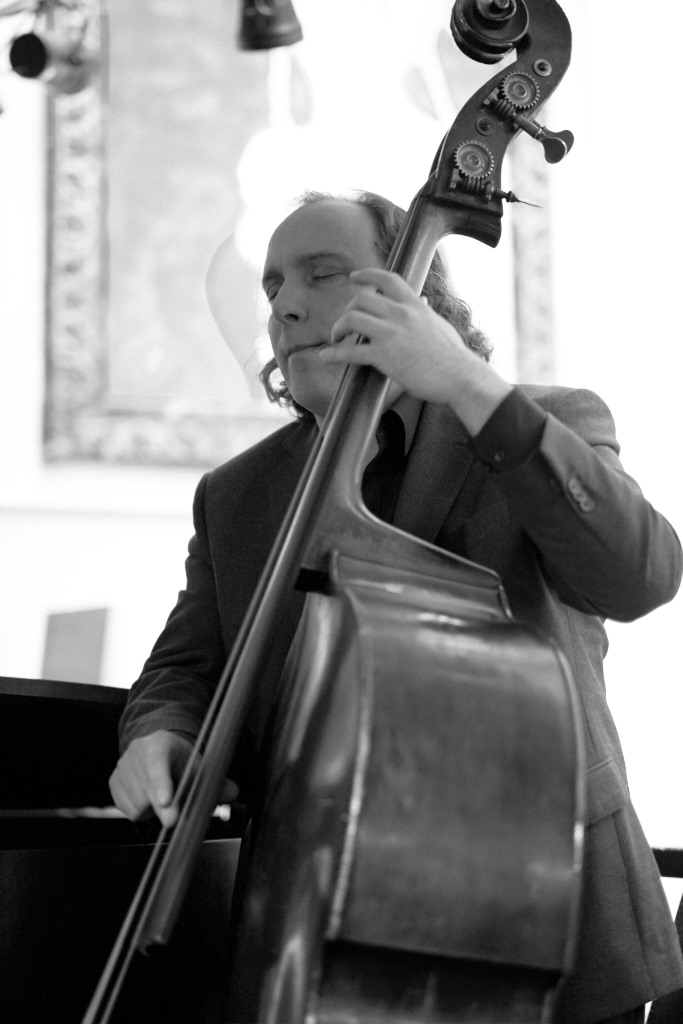


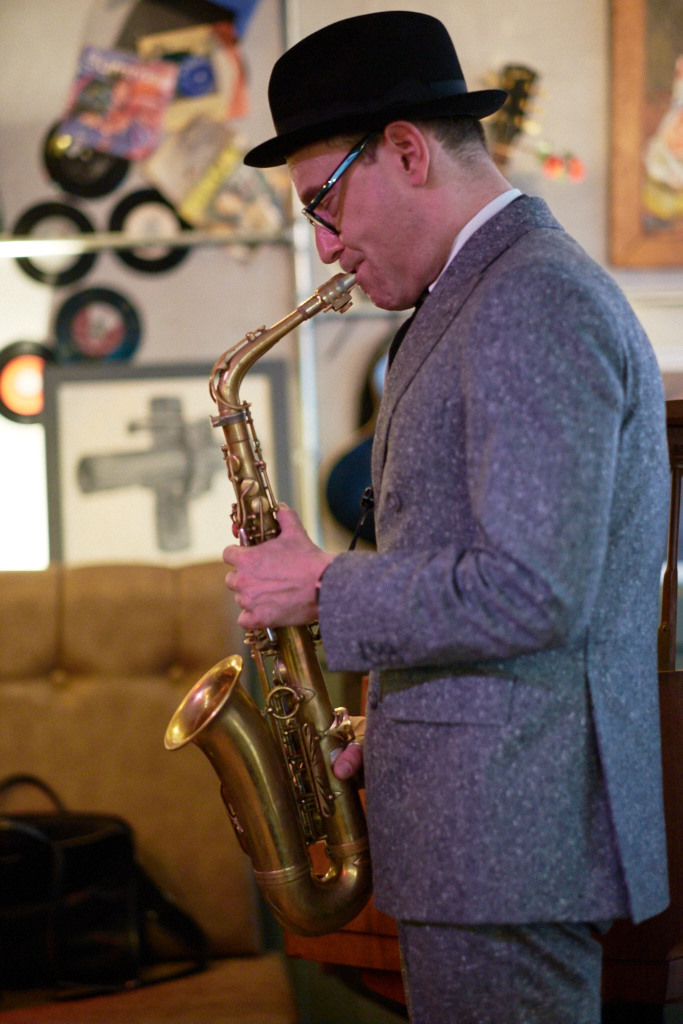
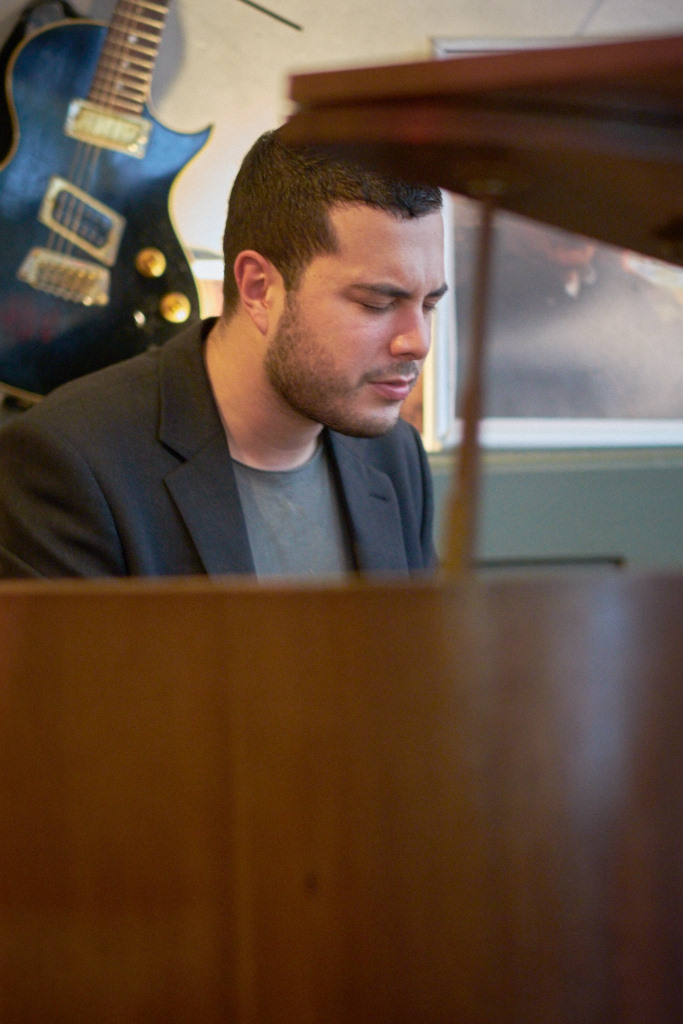
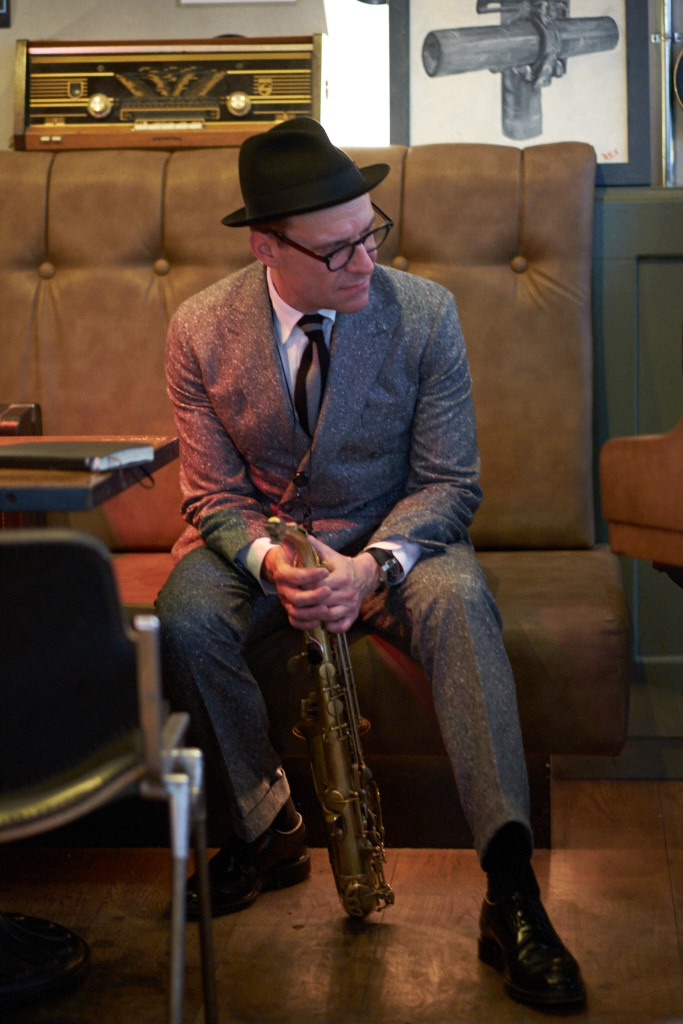
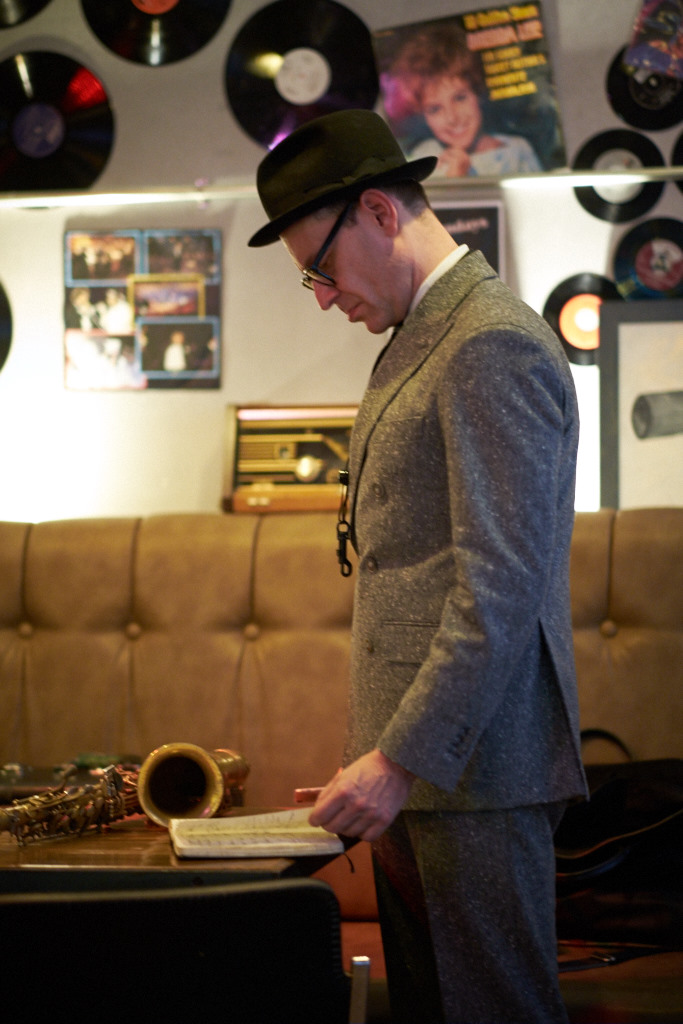
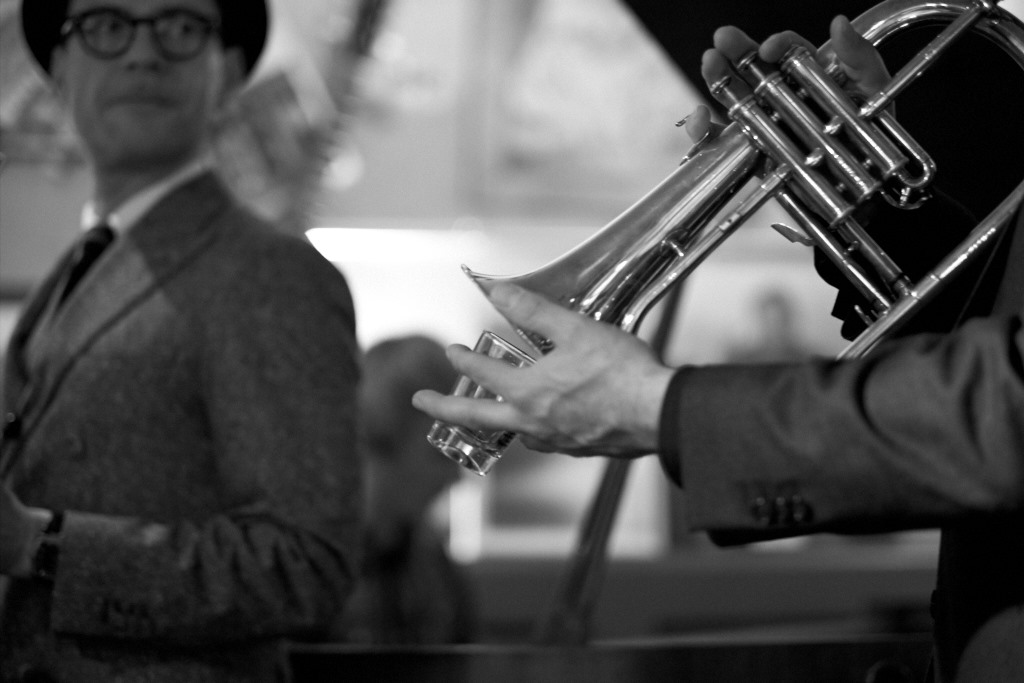
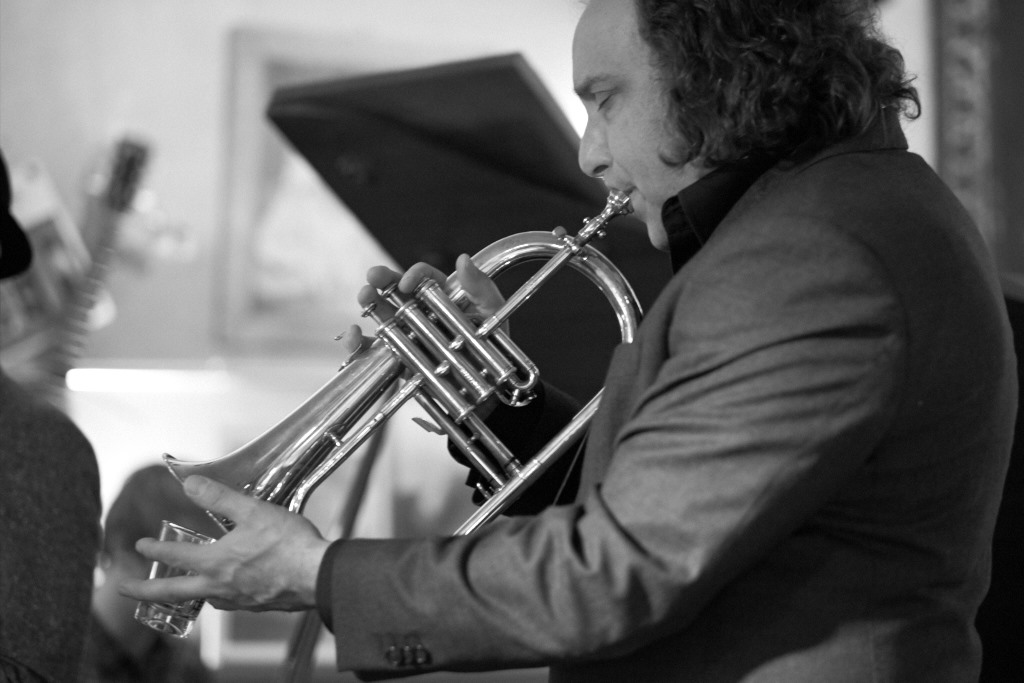
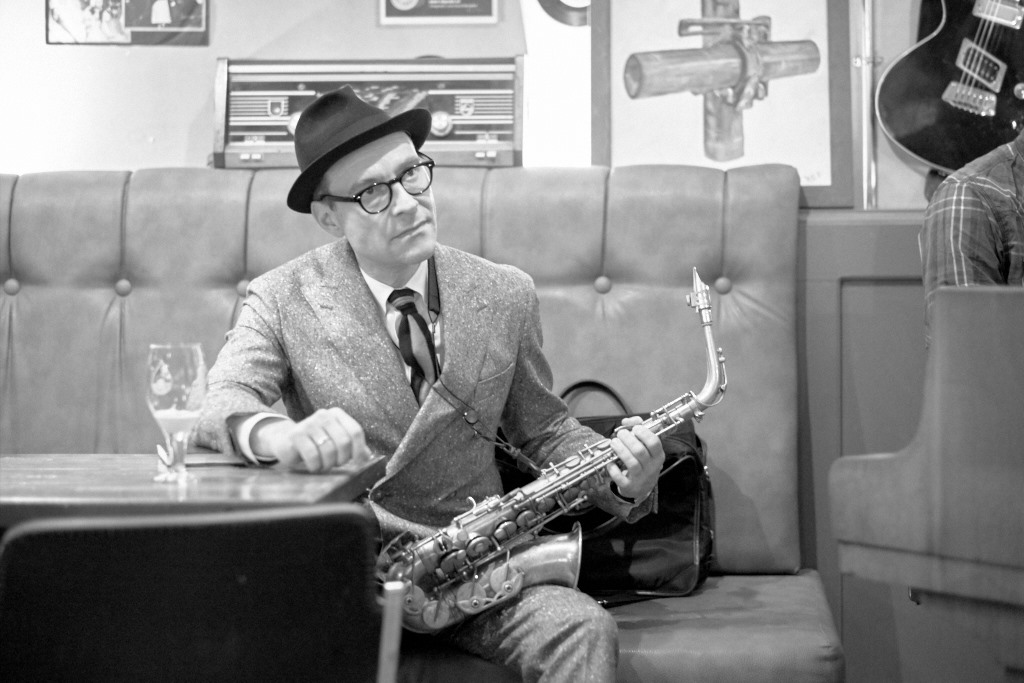
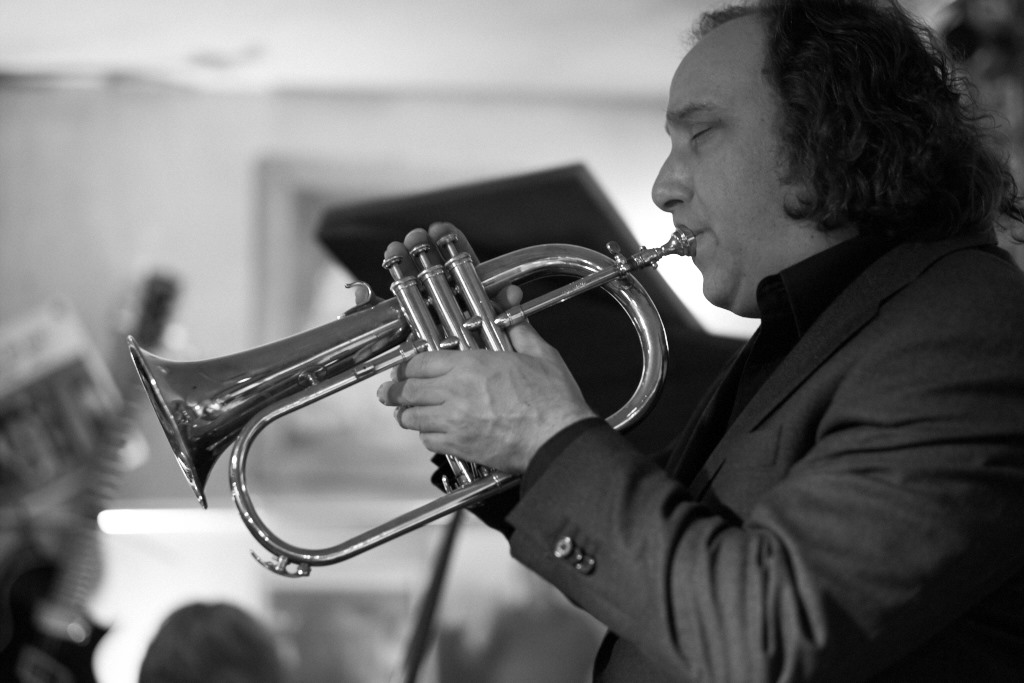
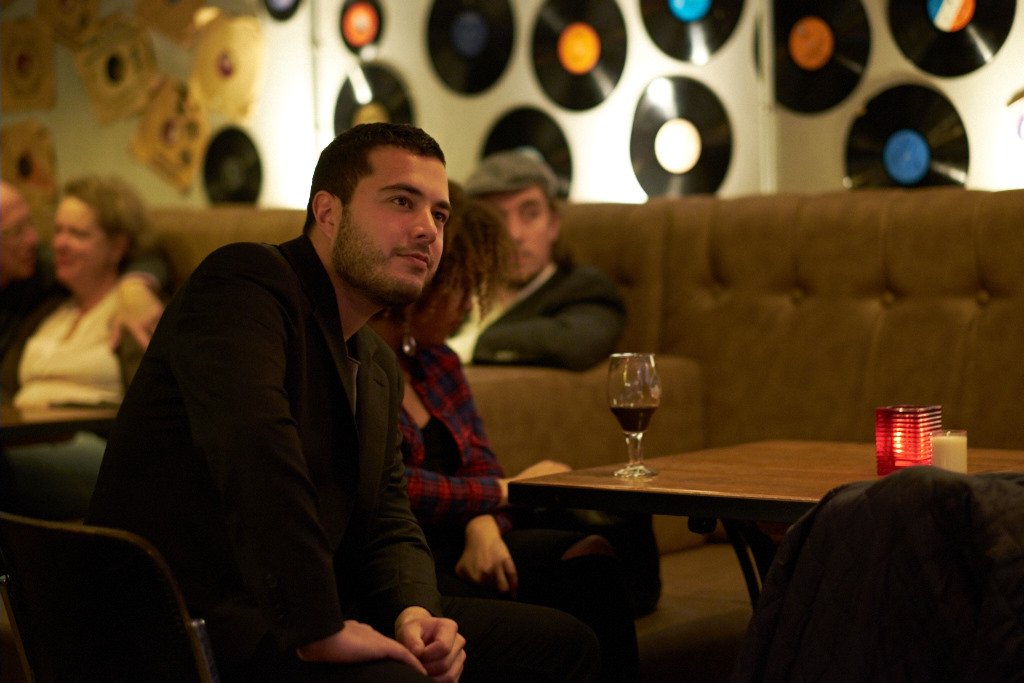
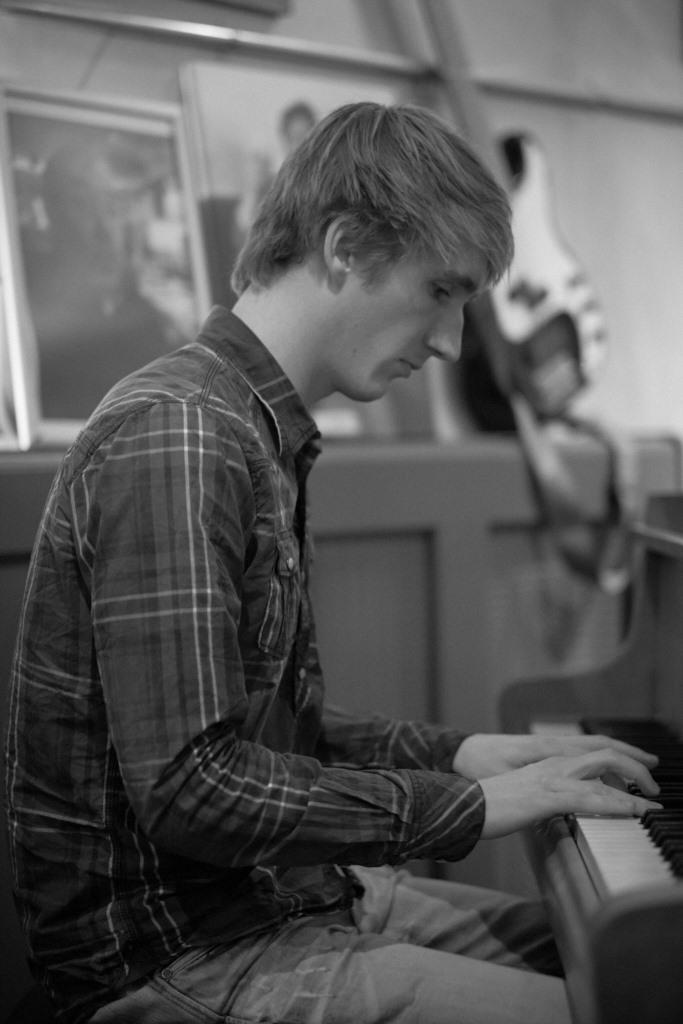
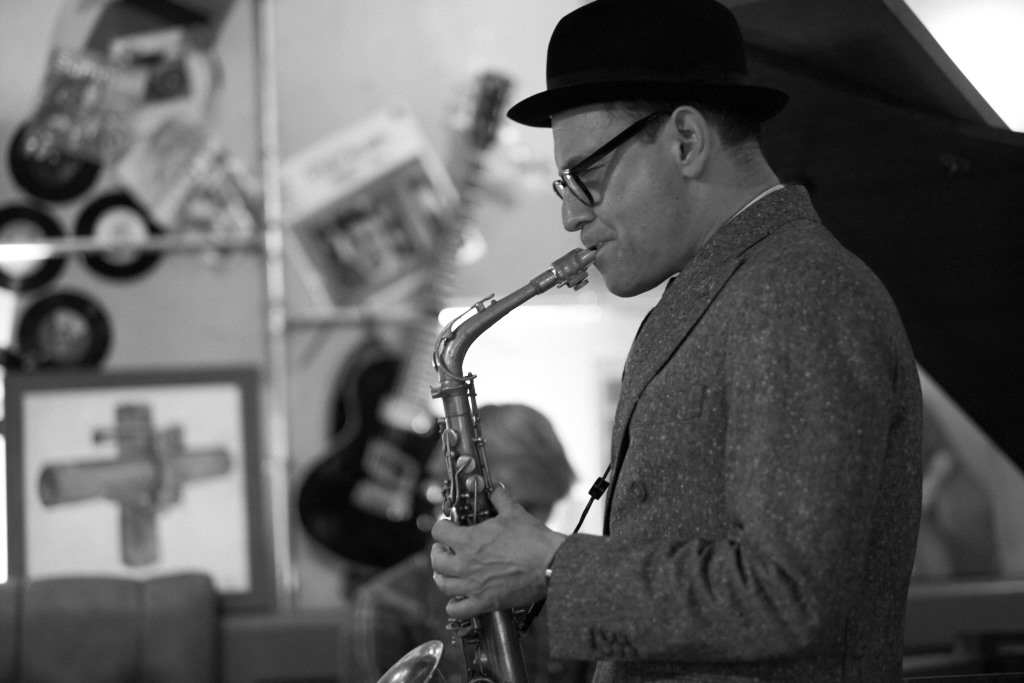
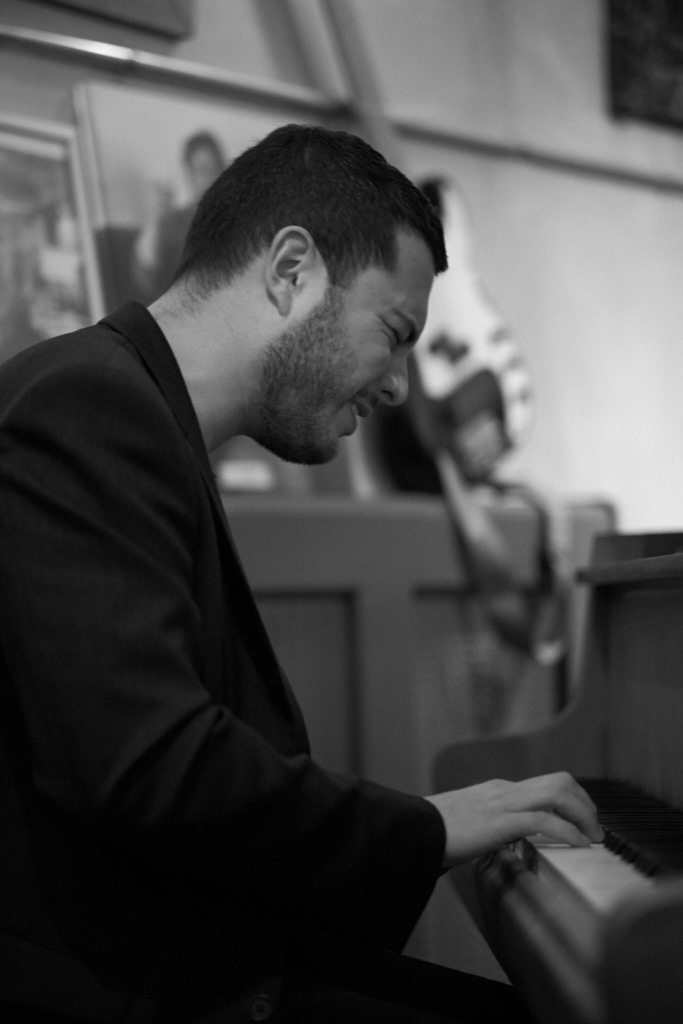
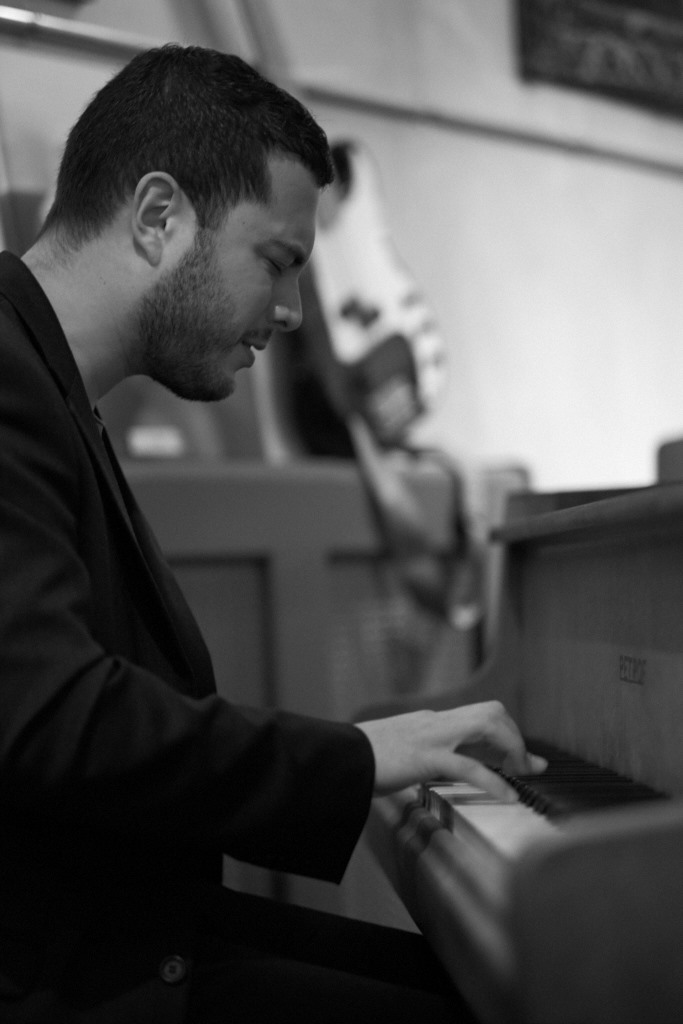
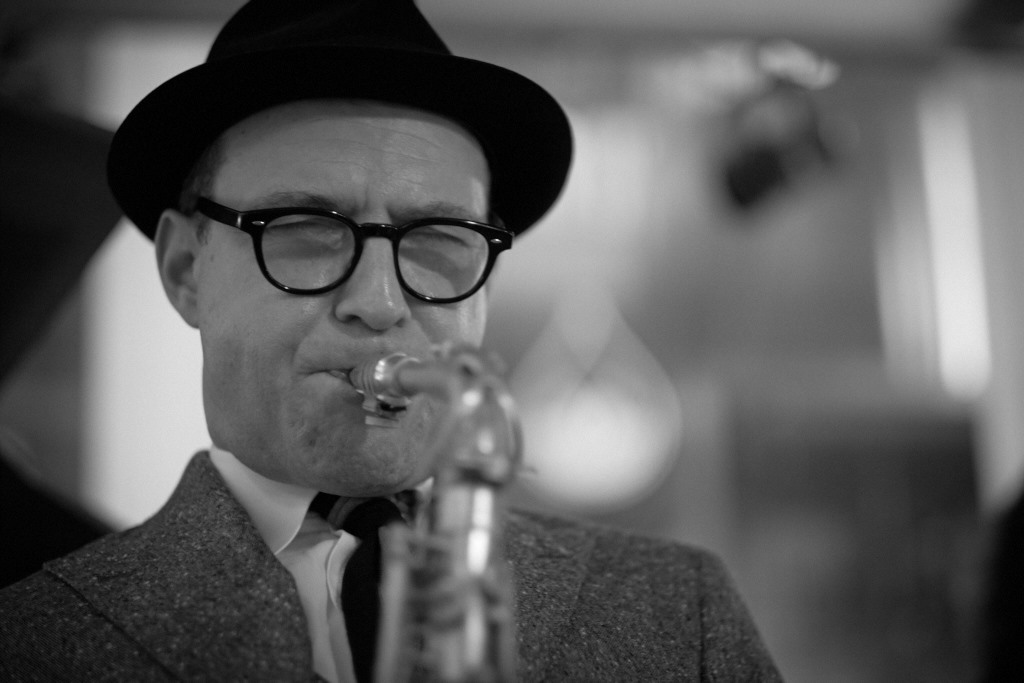
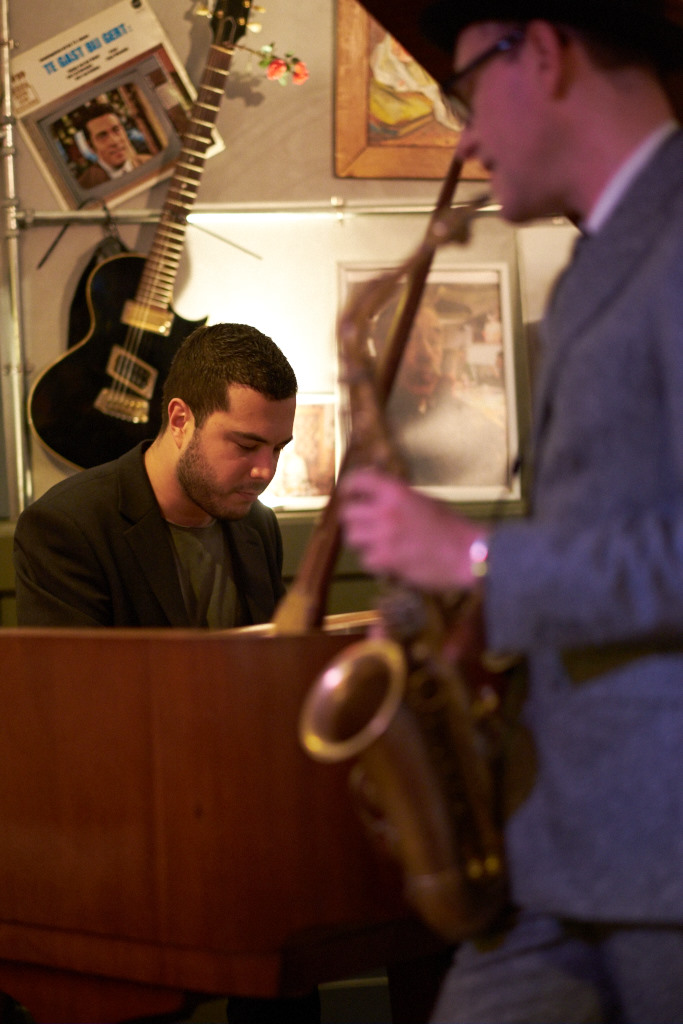
Autumn Leaves
Hi All,
As you might have noticed, it is autumn! The time of year to go out in to the forrest and shoot some beautiful peaces of nature. As you might know I recently discovered the pleasure of nature photography. And NO I will not be a fulltime nature photographer, but I just love it as a way of relaxation and getting out of the studio and shoot without any pressure!
Here are some shots I made last week. All are shot with the Sigma 24-105 f4 Art and the Nikon D610. And for anybody who think they need 2.0 or wider apertures for a small depth of field, take a look at these! It was hard getting the things in focus, so i even went to f5.6 and 8!

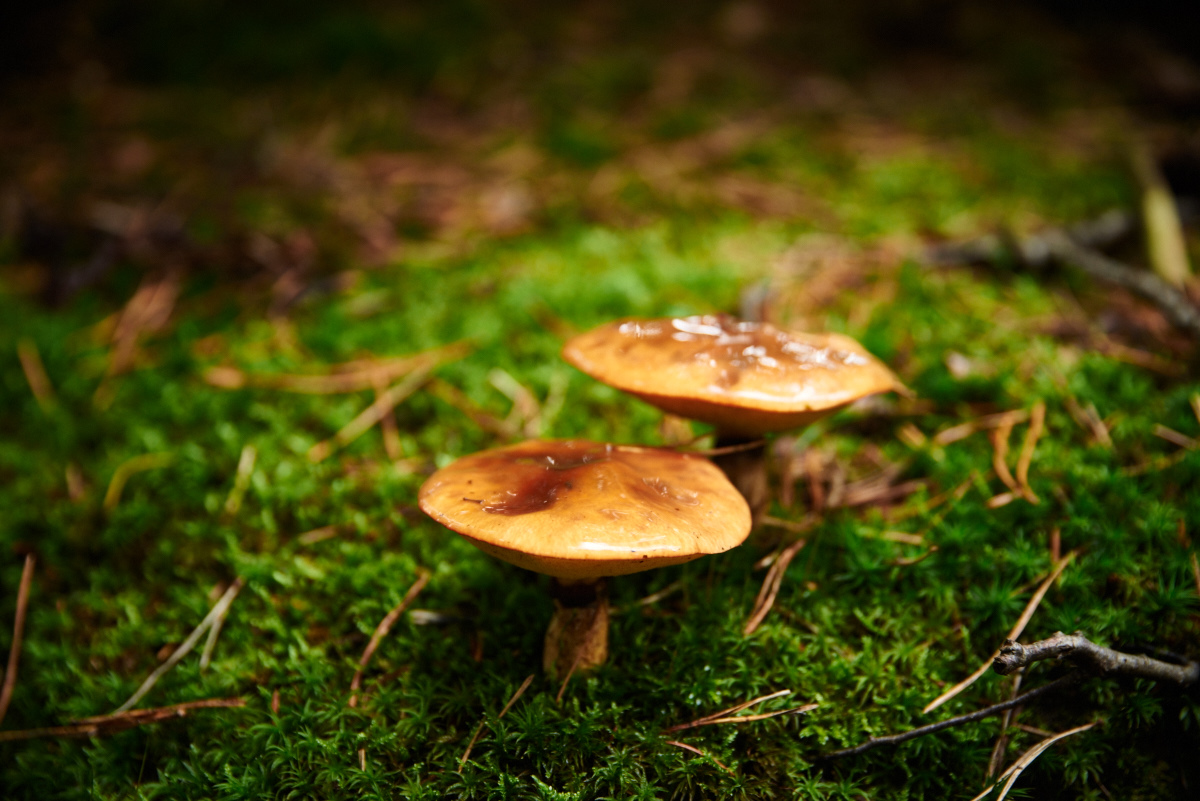


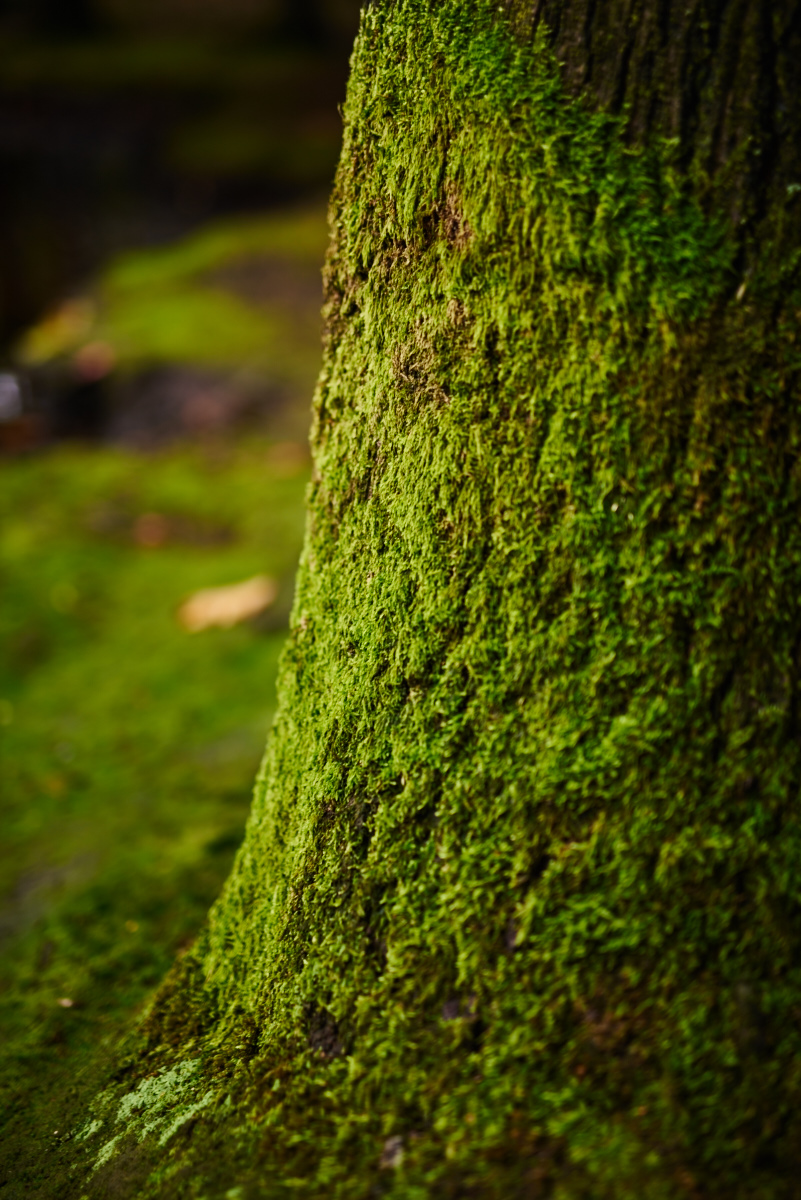

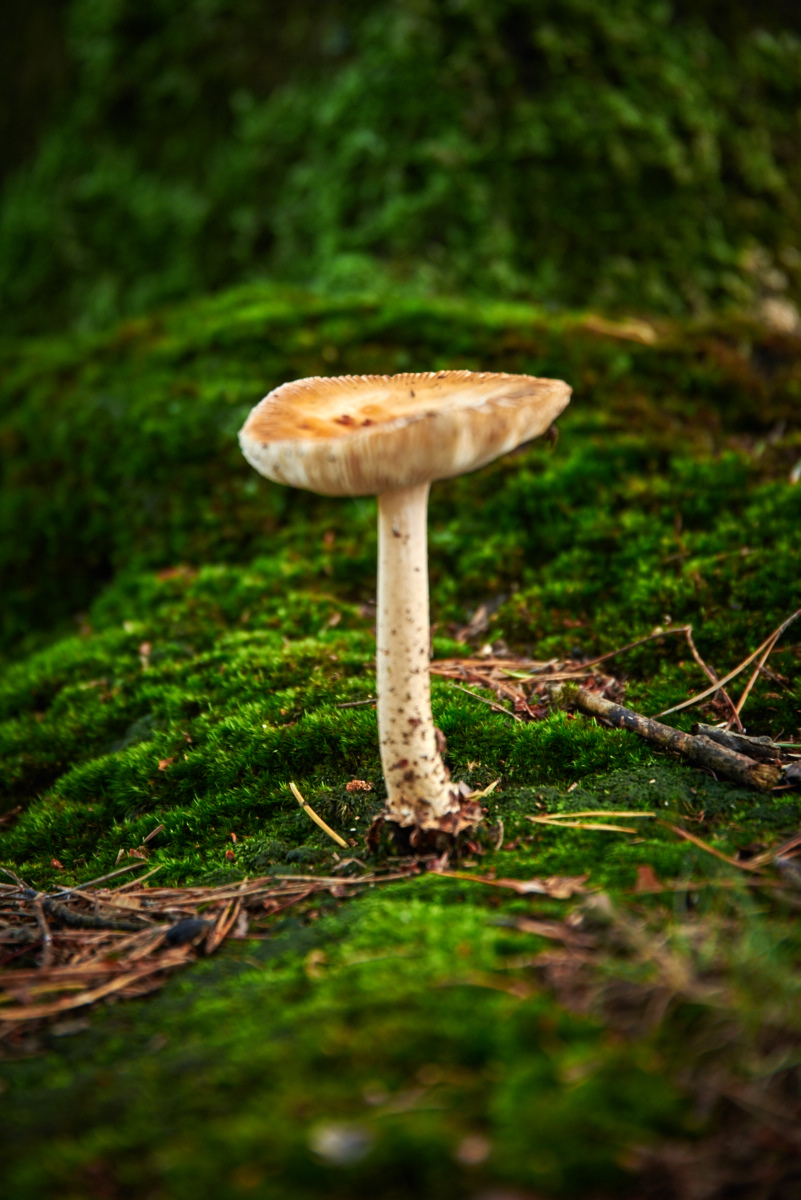
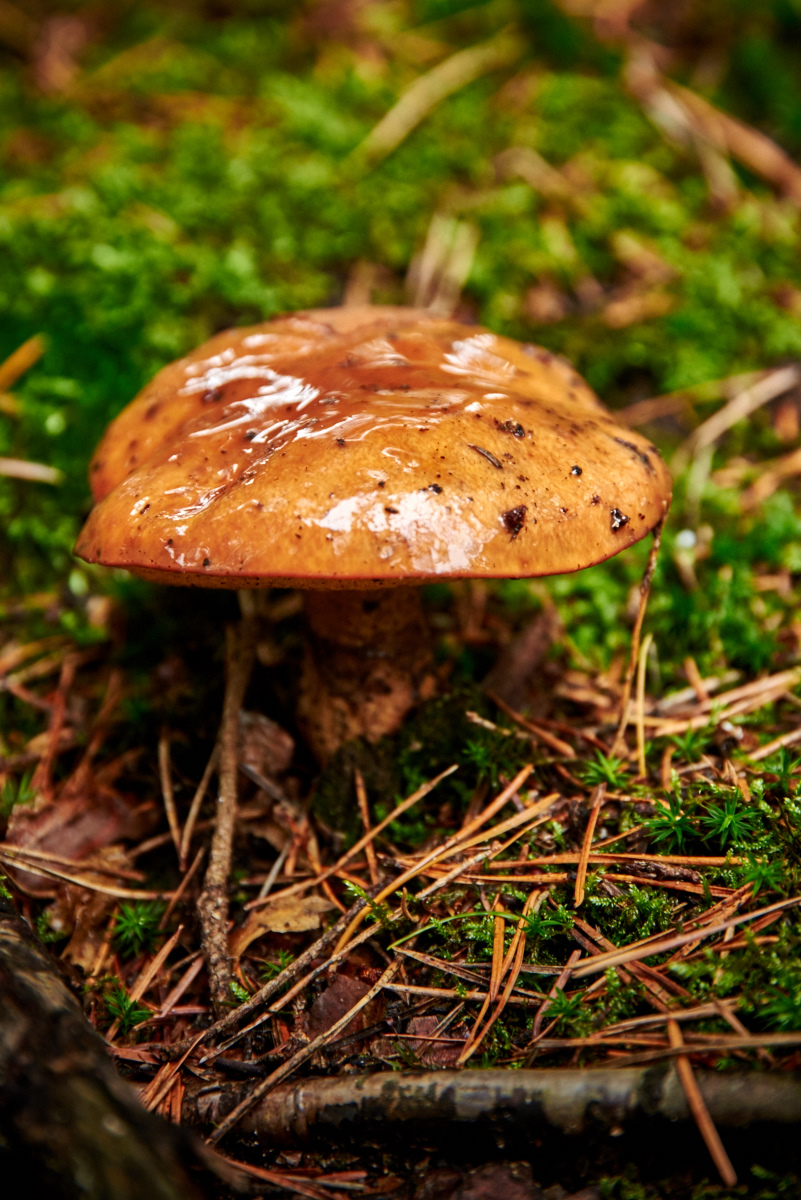
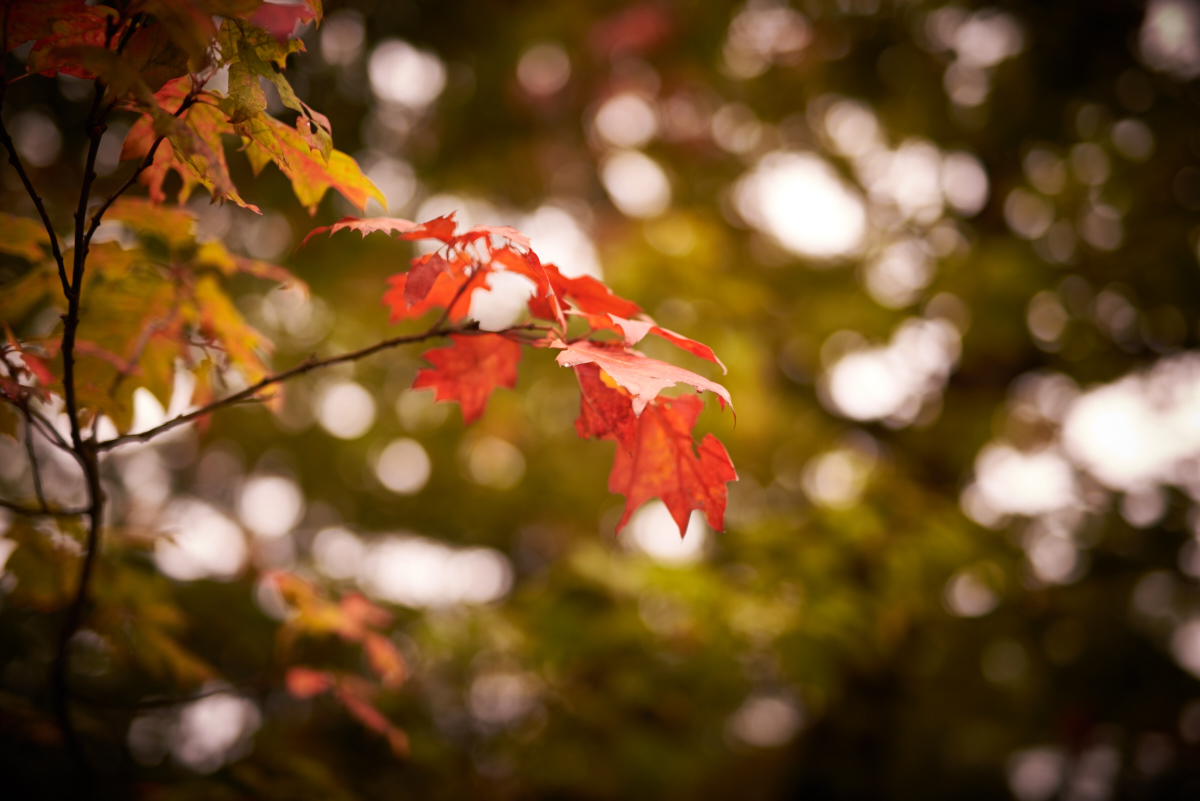
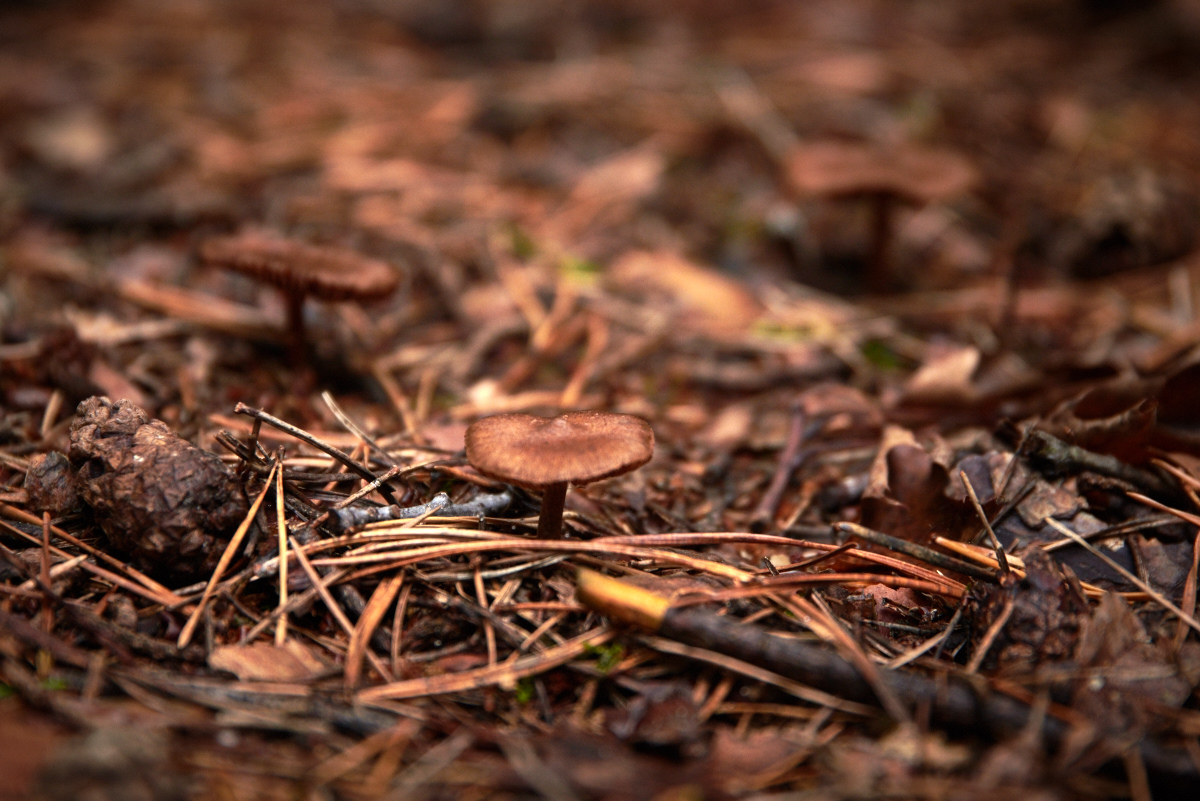

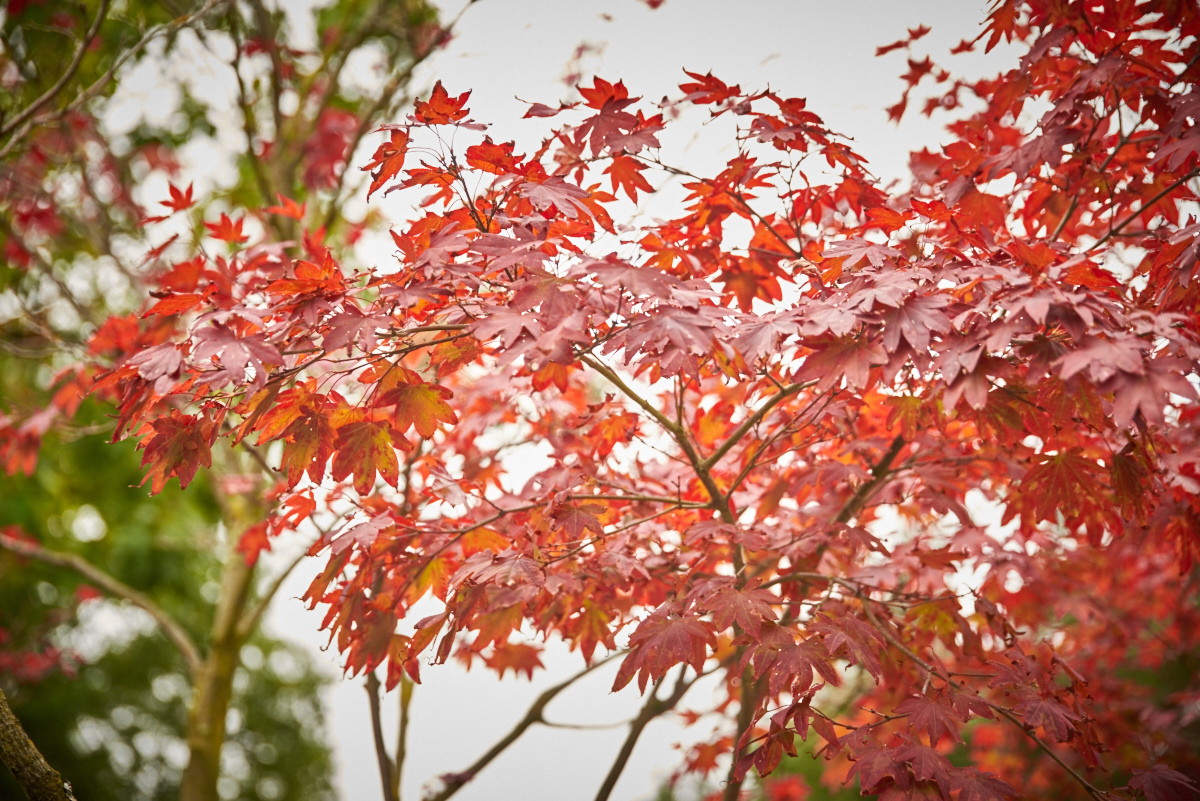
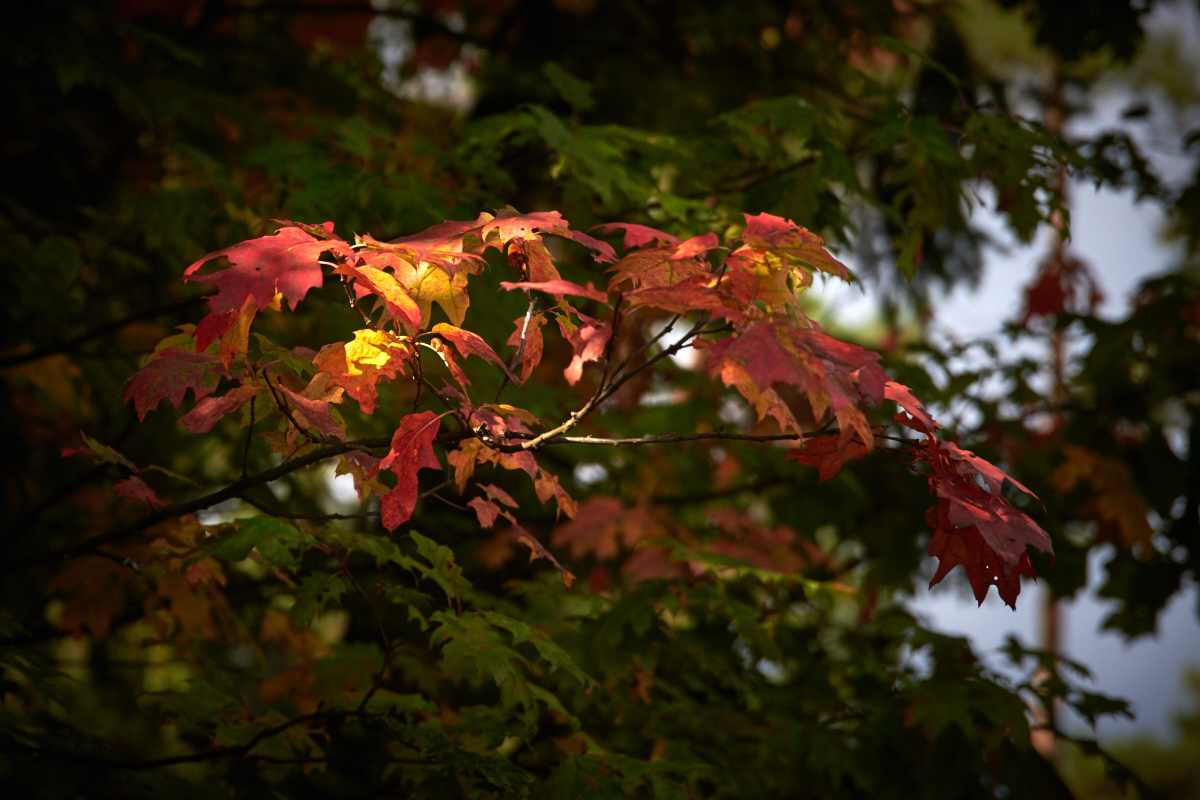
Working with the Leica M Monochrom.
Last weekend I had the opportunity to work with the Leica M Monochrom together with the Summilux 35mm 1.4 asph and Summarit 75mm 2.4. Last year I tested the Leica M (type 240) with the Leica Summicron 35 and 50mm f2., you can read this blog here. Now it was time to test the slightly more expensive black and white only version.
Look and feel
The look and feel of the camera is like all Leica M models. Sleek, sturdy and robust, The Leica M camera’s are build like a tank! Although they don’t look ergonomically, they are really easy to hold and work with. All the buttons you need are on it and nothing you don’t. The Leica M camera’s are pretty bold. But the things they do are great and working is easy!
The packaging
This time I also got the whole packaging experience with the camera. The Packaging of the Leica M Monochrome is what packaging for an expensive camera should be! Although it starts with a simple thin cardboard grey box, it is like a Russian Matroeska. In the great box is another silver grey box, which folds open really nicely. In that box is the real packaging. The top part has a box holding the camera and under that is a door withs gives acces to two small drawers with one holding the manual and warranty papers and the other all the cables, charger and battery.
Some people will say, why spend so much on packaging, better make the camera cheaper. Well, I disagree! Yes you could make it cheaper, but this will only make it roughly 50 bucks cheaper, and on the amount you spend on this camera you want an experience! And this gives you the feel that what you payed is worth it. If you buy a Mercedes you also don’t want the dealer just give you the keys and please leave asap. You want the whole sha-bang!
The use of the camera
In use the Leica M camera’s are (as said before) really easy. The Leica M Monochrom is no exception on this. The body has only a few buttons. Let’s start on the top. The top of the Leica M Monochrome had the on/of switch with the shutter button in the middle of it and the shutter speed dial. With the on/off switch you can choose between, S(ingle), C(ontinuos) and timer mode. Also on the top is a small silver-gray button with the M beside it for movie mode.
On the back is the LCD-screen and on the left the button for: Live view, Playback, Delete, ISO, Menu and Set. And on the right side the D-Pad with the info button. Beside the thumb grip is a small wheel for the exposure compensation and use in the menu.
All in all: just all you need.
For the people new with the Leica M system, you set the aperture with the ring on the lens and the focus is manual!
In the menu are all the things you can set. It also has 3 different black and white toning! Sepia, Selenium and Blue as an extra option!
Working with the camera
Working with this camera was a pleasure. I really loved it. It gave me the feel/love for photography like I had starting with the Fuji X100, but without the quirkiness!
For working with a black and white only camera you need a different mindset! Because with the absence off colour, other things get more important. Now it is about subjet, structure, light, contrast and focus. This camera made me enjoy shooting nature, something I never had done before. Just walking through the forest with some music in my ears searching for structure and little pools of light was almost a zen like experience!
Speaking of focus, the Leica M lenses and focus system are a joy to work with. Even with wider aperture it was easy to get sharp images. The light meter was also easy to use. But mainly I work in Aperture priority mode by setting the speed dial on A.
The Shoot
This weekend I organized the Photo Fun Day with a couple of friends (photographers, MUA and models). The target for the day was shooting nice pictures and have fun with each other. Just a relaxed day to shoot some nice work and no pressure
I loved the camera during the day. It was great for the behind the scenes shots because of the quietness, people don’t notice you a lot working with the camera. And during the production it worked great! We did some shots with flash near the house just using the wall as a background.
For light we used the Elinchrom ELB and LiteMotiv 120 sofbox.
The only thing I don’t like about the Leica M Monochrom for studio use is that you can’t go below ISO320. This means you always have to use small aperture values. This means that you can’t work easily with smaller depth of fields using flash and balancing natural light. Also during the shots in the forrest this gave some issues and challenges.
Later during the shoots I switched back to using natural light only and the camera was killing it! This camera is really build for use with natural light. Or in the studio with studio light only.
Another dislike is the writing speed to the card. It took a while for the camera to write from the buffer to the card. Especially when shooting with small burst. But once you know this you can keep it in mind. It isn’t a camera build for speed.
(Post edit: I got the advice from that faster 90mb/s cards can help)
If you look at the Histogram keep in mind that it shows the histogram of the RAW DNG file and not the preview jpeg. So if you blow out your highlight, it is gone!
The Summilux 35mm 1.4 asph
The Leica Summilux 35mm 1.4 asph is THE lens for the Leica M system that everybody should buy or start with! I already loved and got used with the 35mm field of view with my Fuji X100. It is for me thefield of view for allround shooting. You can shoot with on the street, landscapes, portraits, wedding, reportage, fashion and everything else. And the Leica Summilux 35mm 1.4 asph is IMHO the lens for this job. It is wide enough to capture a scene, but close enough to not get to much in the scene you don’t want. Low on distortion.
The bokeh is the best I have ever seen! The details are sharp, the transition is butter smooth and the look is killer. Don’t know anything else to say beside I love this lens!!!
The Summarit 75mm 2.4
The Summarit 75mm 2.4 lens was the surprise lens for me. It is a new lens in the Leica range and is targeted as the “Budget” portrait lens. To be honest, I was a little bit skeptical with it. It has a 2.4 aperture and the 75mm focal length. But I was very pleasantly surprised with it. It was sharp, great bokeh, smooth focussing, nice depth-of-field and had a nice compression!
Although it has a 2,4 aperture it has a small enough depth of field for portraits to create a nice out of focus background and large enough to keep the important thing in focus. Especially while focussing manually. Take in mind also that in the studio I hardly never photograph below f5.6. So a really wide aperture isn’t needed.
It think that if you start with Leica and you want a portrait lens, this is the go-to lens and it is definitely on my list!
Working in post
After the shoot I imported everything in Lightroom CC. I first tried Capture One Pro 8 but I noticed it had problems reading some of the DNG files.
In Lightroom the images look a bit flat. But Rob from Transcontinental warned me for this. The DNG shows you the whole dynamic range. So you need to adjust it in LR. But with a few simple tweaks with the blacks, whites, shadows, highlights and clarity sliders the images turned into great contrastfull black and white images.
Even being digital they have a great analog feel, especially when printed. The prints from the Leica M Monochrom could easily been made years a go. But with all the advantages of working digital!
High ISO
Because the days where sunny I didn’t had a lot of chance to shoot en test the camera on high ISO. But the few I shot with it on higher ISO’s where great. No noise, just nice fine grain!
The Conclusion.
The Leica M Monochrom is one of the best camera’s I ever used! Together with the lenses they create some of the nicest photo’s I made this year! It also brought back some joy in photography and let me explore new kinds of photography. Many of this has nothing to do with the technical aspects of the Leica M Monochrom. This camera gave me a new way of thinking and working. It pushes you to higher levels with your photography. Because the camera doesn’t correct all your mistakes with auto-focus, IS, d-lighting and other tricks the only one to blame for bad pictures is yourself. And because the camera gives really detailed photo’s you get those mistakes back, hard a little bit like when I was using the Hasselblad CFV-50c (read more about this here)
Off course there are a few things I would like to improve! The ability to shoot ISO100 natively would be great for really sunny days and studio work. The writing speed to the cards would also help. But beside that I don’t know.
For the people wandering which to get the Leica M of M Monochrom, this is the question to ask: Do you need colour? Personally I would love the Leica M Monochrom, but starting with Leica I would pick the Leica M (type240) to start, because I also do a lot of colour portraits for clients. If I would shoot black and white 95% of the time go straight to the Leica M Monochrom. For the clients who want colour, say you only work black and white. And they will only book you voor black and white anyway because you won’t post any colour work anymore in a long time after buying the Leica M monochrom.
For the people who think it is a way to expensive camera….. yes it is, but a handmade Rollce Royce is also a way to expensive compared to an cheaply mass made asian made car!
If you have any feedback or questions, please post them in de comment section below!
Print for sale
An exclusive selection of pictures are now on sale in the store in limited edition. Click here for more information
London Dance shoot with the XT-1
Recently I went to London for a business trip. I also did a photoshoot with two dancers. To keep my gear as light as possible I took the risk of only taking the Fuji X-T1 with the 35mm 1.4 and 65 1.2 lens, a Fuji X100 camera, a YoungNuo YN560II flash and Cactus v5 triggers.
The day of the shoot was the third day of my trip and unfortunately the charger of my X100 died, so I had only the X-T1 and the 35 1.4 and 56 1.2 lens left. For modifiers we bought a small Ezy-Box nock-off at the Calumet store in London.
Location Scouting
The second day of my trip we went location scouting. We found a couple of locations on a small walk from Convent Garden to the south bank. When we wanted to start shooting at the first location, the garden behind the church at Convent Garden, we got asked if we had a license and since we didn't knew, we got send away.
First Shots
The second location was a small alley near Trafalgar Square. It was a lovely ally for some portrait work and some warming up shots.
Trafalgar Square
If you are shooting in London you better show you are in London. So the second shooting location was on Trafalgar Square. This was a great location to shoot. The only big challenge was that I only had a 35mm (50m eqv) lens as widest angle. So to get everything in the shot like the high statue there was nothing left then getting really low, Like put your head on the pavement low.
Westminster Bridge
If there is one landmark screaming London, it is the Big Ben. So we went to Westminster bridge for the last photo's with the Big Ben on the background. It was pleasent to see how the Crowd reacted and just walked calmly past us.
The verdict about the X-T1
The Fuji X-T1 is a great camera. But not for things that move. 7 out of 10 shots the focus was wrong. This doesn't makes the Fuji X-T1 a bad camera, but for dance and action photography the X-T1 is not the camera. During the shoot I was wishing I brought my Nikon D800 or D610 with me. Although they are a lot heavier, the focus tracking is great.
For the portrait and street work the Fuji X-T1 one worked great. Currently I am in doubt about getting a wide angle 14 or 23 mm lens for the X-T1 for some more wide stuff or upgrading the X100 to a X100S or T. But they stay additional camera's for travel or when I need to go light. Also they are great for portrait and studio photography. But when the chips are down I rather go for the Nikons DSLR camera's.
Besides talking about camera's, trips to London are always fun. Also having the possibility to photograph two really nice ballerina's is always great! I had a great time and can't wait to go back again! Hopefully even later this year!















